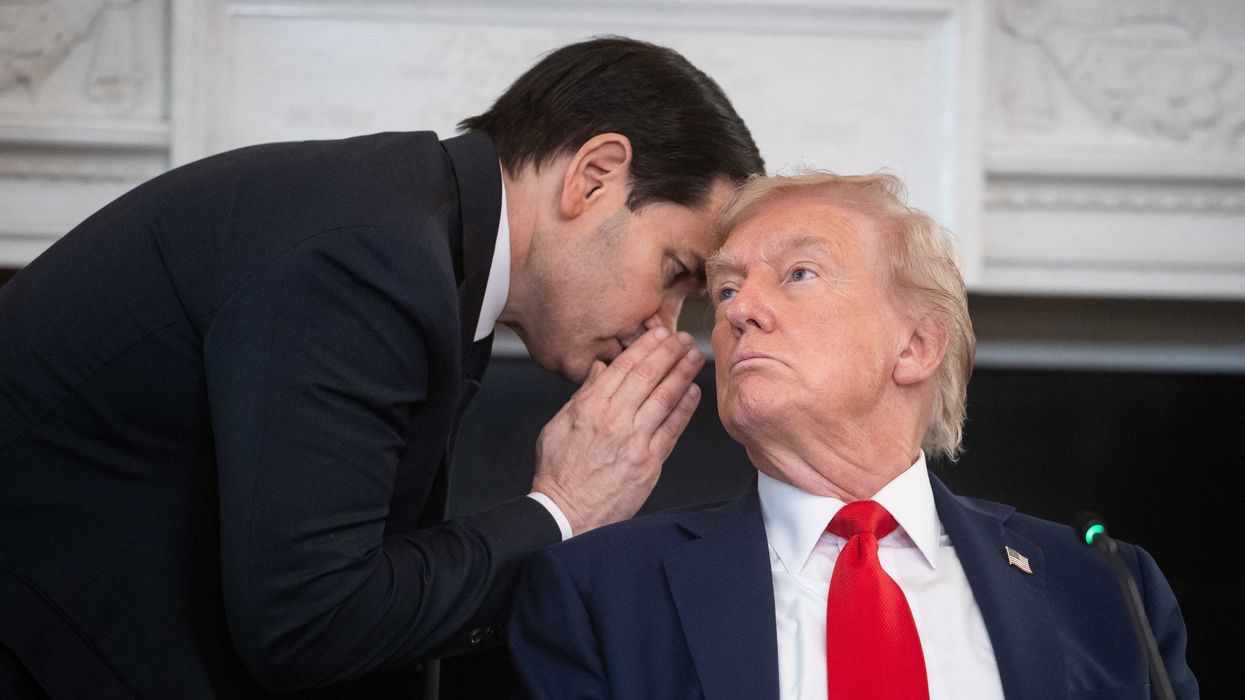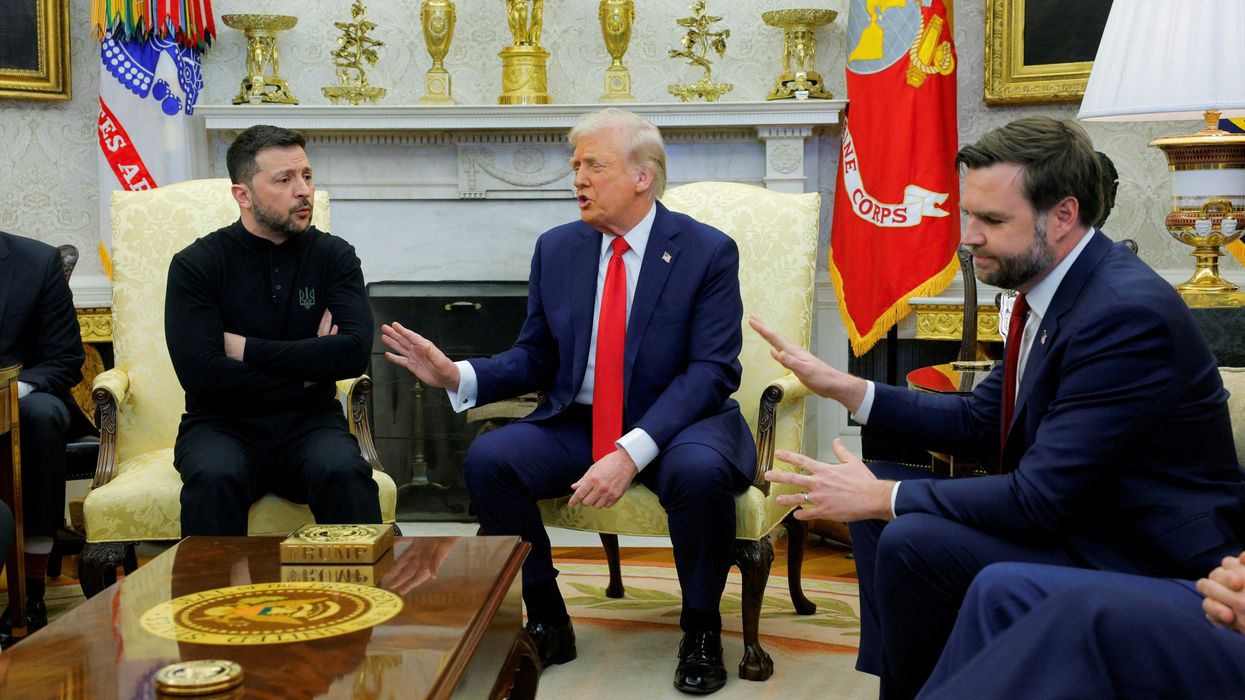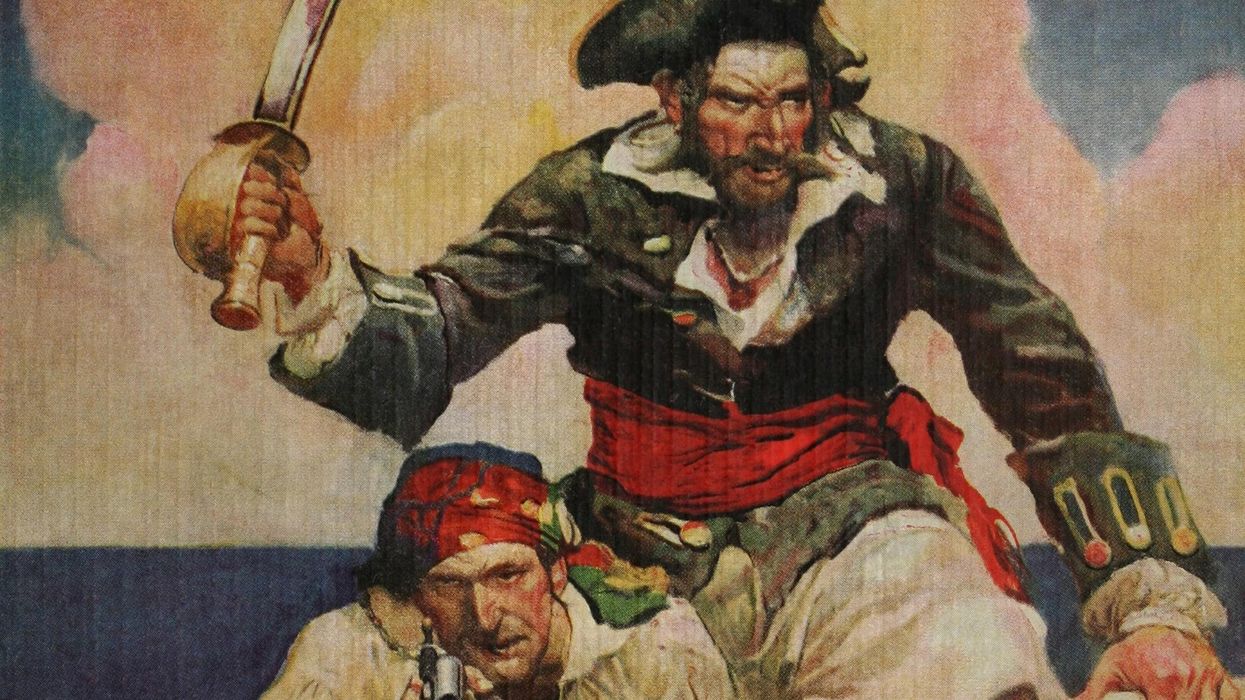The new Pentagon China task force announced by President Biden today aims to conduct a review of U.S. “strategy and operational concepts, technology, and force posture” in the Indo-Pacific. But if it is indeed a “whole-of- government approach” as the president described it, the Pentagon should be careful not to get out ahead of the National Security Council and State Department.
Why? Because the United States needs to rebalance its strategy toward China and Asia more broadly away from military means and toward diplomatic and economic engagement. Tasking the Pentagon to conduct a "sprint effort" to develop a new strategy toward China before the White House (NSC) has formed a more comprehensive overall approach risks signaling that the United States will continue to prioritize military tools in its China strategy, as opposed to leading with diplomatic and economic engagement.
According to reports on Wednesday, the task force will be working over the next several months and will be led by Ely Ratner, who now holds the position of Special Assistant to the Secretary of Defense, specializing in China affairs. Aside from briefing members of Congress as their work proceeds, the group — made up of over a dozen civilians and military officers — will give Secretary of Defense Lloyd Austin a set of recommendations by early summer.
It is likely that the State Department and the National Security Council will embark on their own China policy reviews. But beginning with such a prominent presidential announcement about a Department of Defense China task force sets the wrong tone and undermines the idea stated in Biden’s own party platform that “Democrats believe the China challenge is not primarily a military one.” Simply put, the most important ways the United States can more effectively compete with China are to revitalize its democratic model and rebuild its economic competitiveness, and the Pentagon is not the agency best suited to lead in either of those areas.
Of course, assigning primary responsibility for a “whole of government” China strategy to the State Department and White House (NSC) does not mean that military issues should or will be ignored. But such an allocation of responsibility would be key to changing America’s military-first mindset toward Asia that is hobbling its ability to approach China more effectively.
While this new Pentagon task force on China should take cues from NSC and State Department leadership, its planned efforts to review America’s force posture and defense strategy in Asia are long past due. As the new task force begins that review, it can draw upon the Quincy Institute’s recent report, Toward an Inclusive & Balanced Regional Order: A New U.S. Strategy in East Asia, which offers recommendations for how the United States could restructure its alliances in Asia around a more stabilizing strategy.
Until now, the United States has responded to the shifting balance of power in Asia by doubling down on efforts to maintain primacy in the waters of the Western Pacific. This approach risks triggering destabilizing conflict that would harm the interests of the United States, its allies, and the broader region.
Rather than seeking dominance or control in the waters and airspace of the western Pacific, we propose that America instead work with allies to implement a smarter approach to balancing China’s growing power — one centered on denying Chinese control over those same spaces. This new denial strategy should be built on the enhanced defense capabilities of allies in the region, with more dispersed U.S. forces playing a more supporting role to allied efforts.
This new defense strategy should entail a significant reduction in U.S. ground troops forward-deployed in Asia, greater reliance on smaller surface ships and submarines over large aircraft carriers, and a shift to more long-range, agile air forces and resilient infrastructure in lieu of large numbers of tactical aircraft concentrated at vulnerable forward bases.
These and other recommendations are a necessary complement to even more urgent diplomatic efforts to bolster bilateral cooperation on the pandemic, climate, and trade, while deepening regional economic and humanitarian engagement. Such a diplomacy-first strategy will better enable the United States to, in Biden’s words today, “chart a strong path forward on China-related matters” — and America’s diplomats are best suited to chart that path.
















